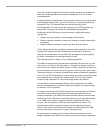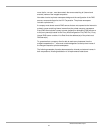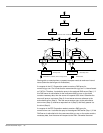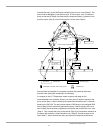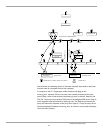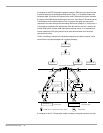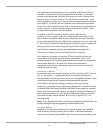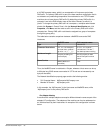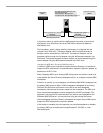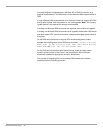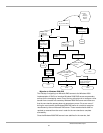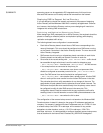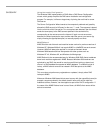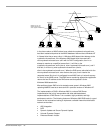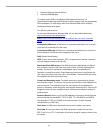
a full DNS computer name, which is a concatenation of Host name and primary
DNS suffix. The primary DNS suffix is part of the base machine configuration and is
not related to any networking components. Non-networked or non-TCP/IP-based
machines do not have primary DNS suffix. By default the primary DNS suffix of a
computer is set to the DNS domain name of the Active Directory to which it is
joined. To change the primary DNS suffix of a computer, a computer administrator
should click System in Control Panel, click the Network Identification tab, click
Properties, click More, and then enter a suffix in the Primary DNS suffix of this
computer box. Primary DNS suffix could be also assigned to a group of computers
through the group policy.
The table below contains comparison between a NetBIOS name and a DNS
Hostname.
NetBIOS name Full computer name
Type
Flat Hierarchical
Character Restrictions
A-Z, a-z, 0-9, whitespace,
Unicode chars, symbols: !
@ # $ % ^ & ' ) ( . - _ { } ~
A-Z, a-z, 0-9, symbols: -_,
Unicode chars. The dot, '.',
has label separator meaning
Maximum Length
16 bytes (including one
reserved byte)
63 UTF-8 bytes per label
255 UTF-8 bytes for whole
name
Name Service
NBNS (WINS and
broadcast)
DNS
Thus, the NetBIOS name is restricted to 15 bytes, whereas a Host name can be up
to 63 bytes long (DNS names are encoded in UTF-8 and are not necessarily one
byte per character).
The Network Identification property page contains the following entries:
• Full Computer Name: MyComputer.MyCompany.com.
• Member of Domain: MyCompany.com.
In this example, the “MyComputer” is the Host name and NetBIOS name, while
“MyCompany.com” is the primary DNS suffix.
Per-Adapter Naming
A machine with multiple adapters can acquire different domain names as part of the
adapters’ IP configuration. The adapters of the machine can then be addressed on
an individual basis by their Hostnames. An example of this configuration is shown
below.
Windows 2000 White Paper 56



